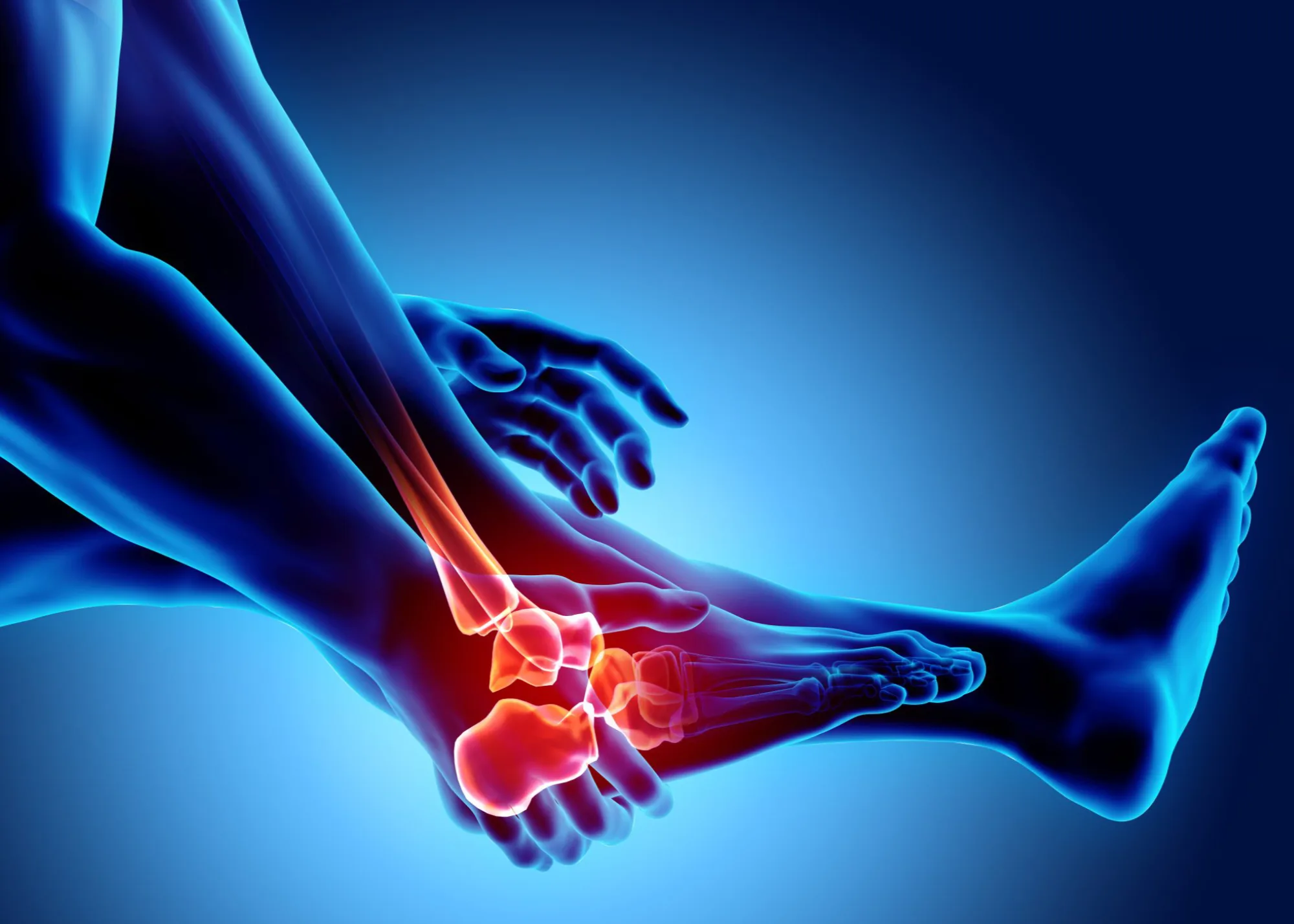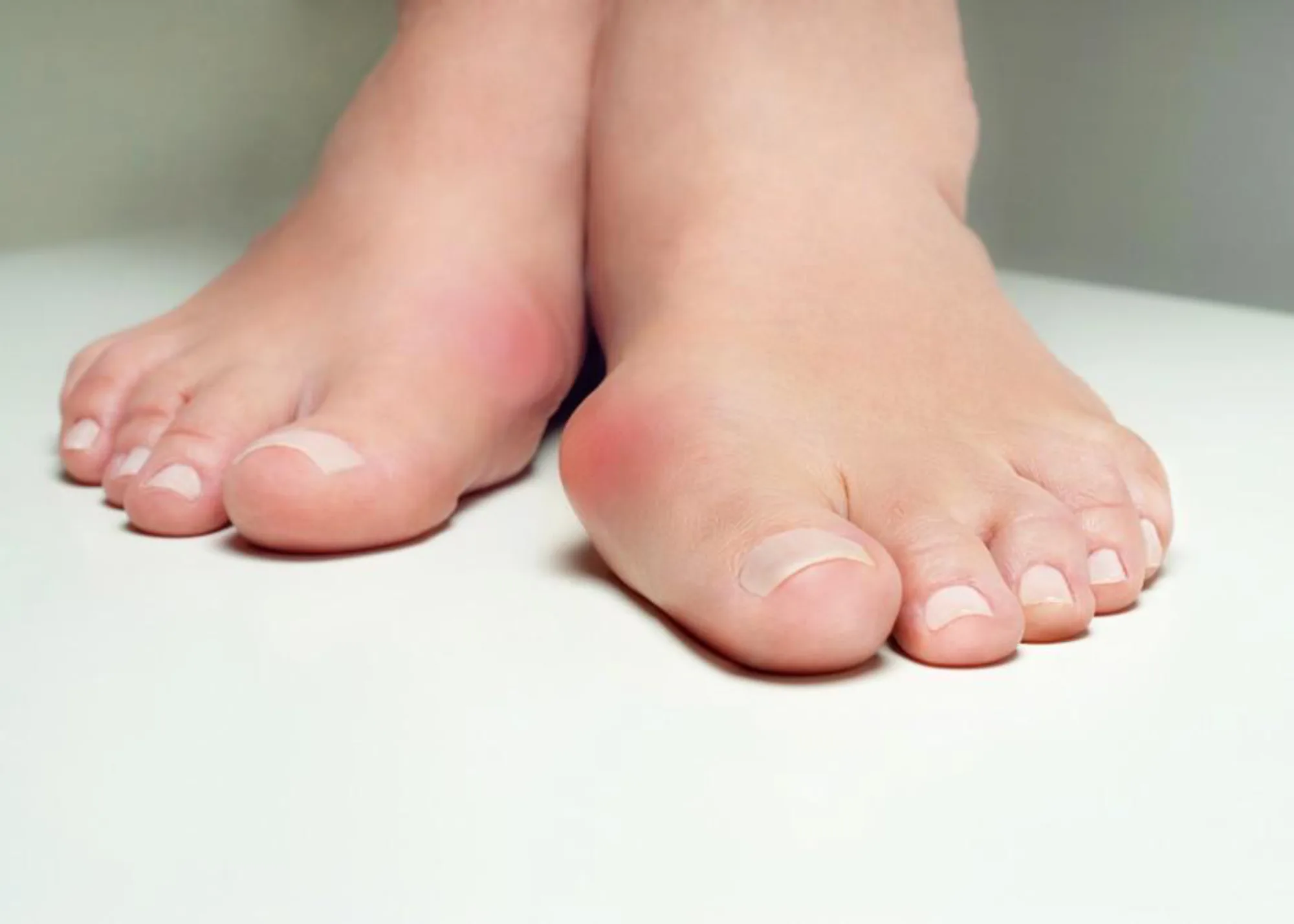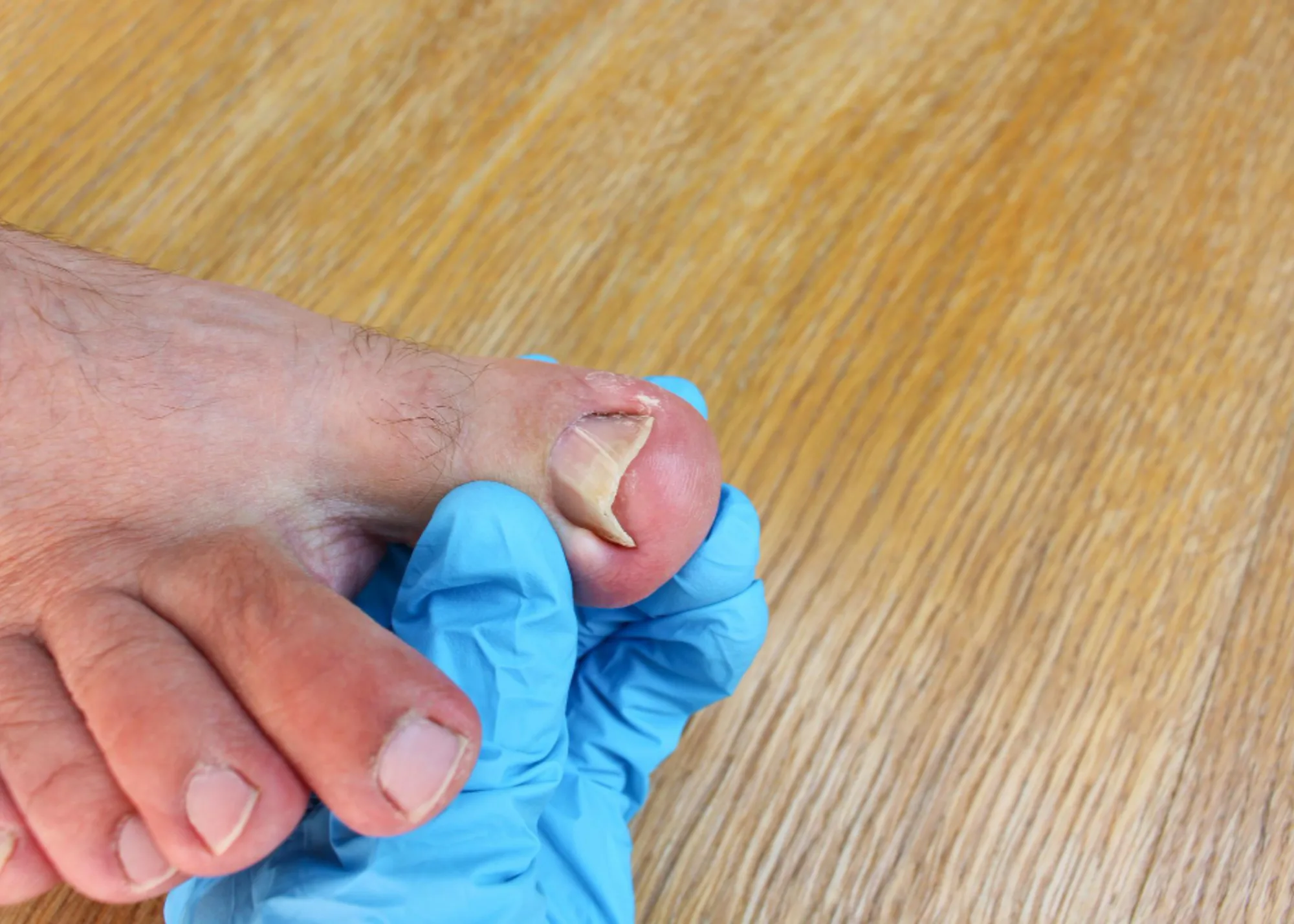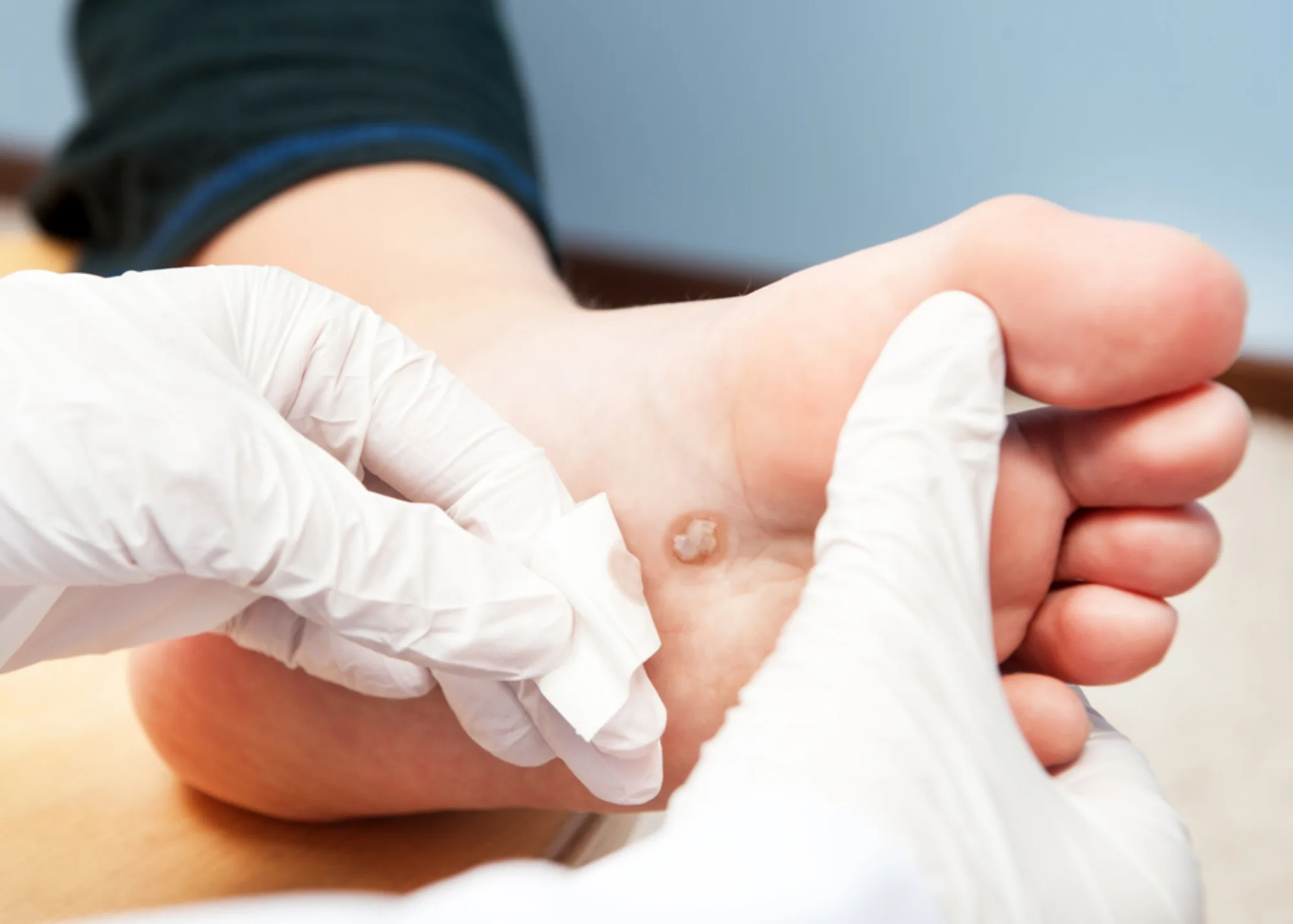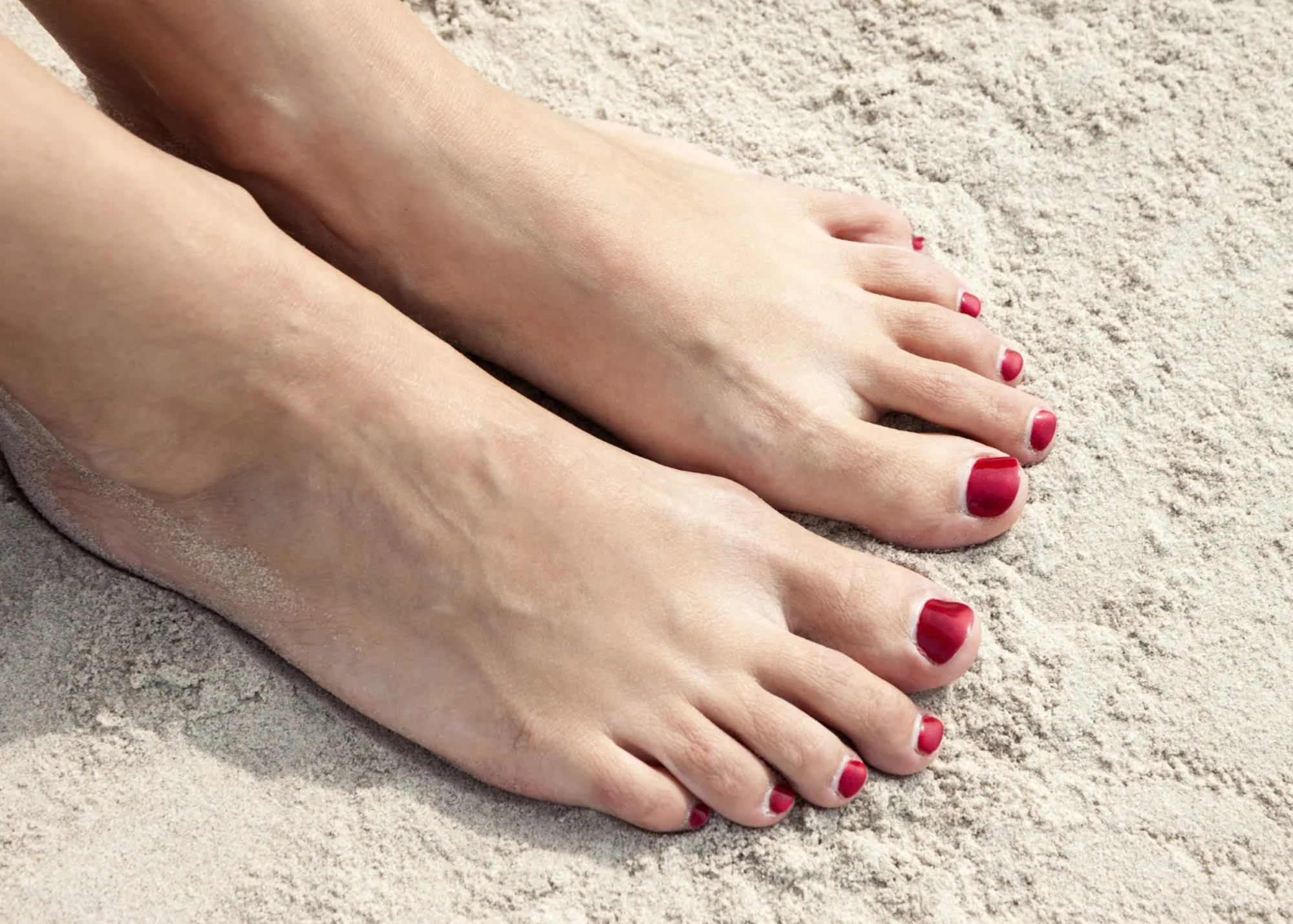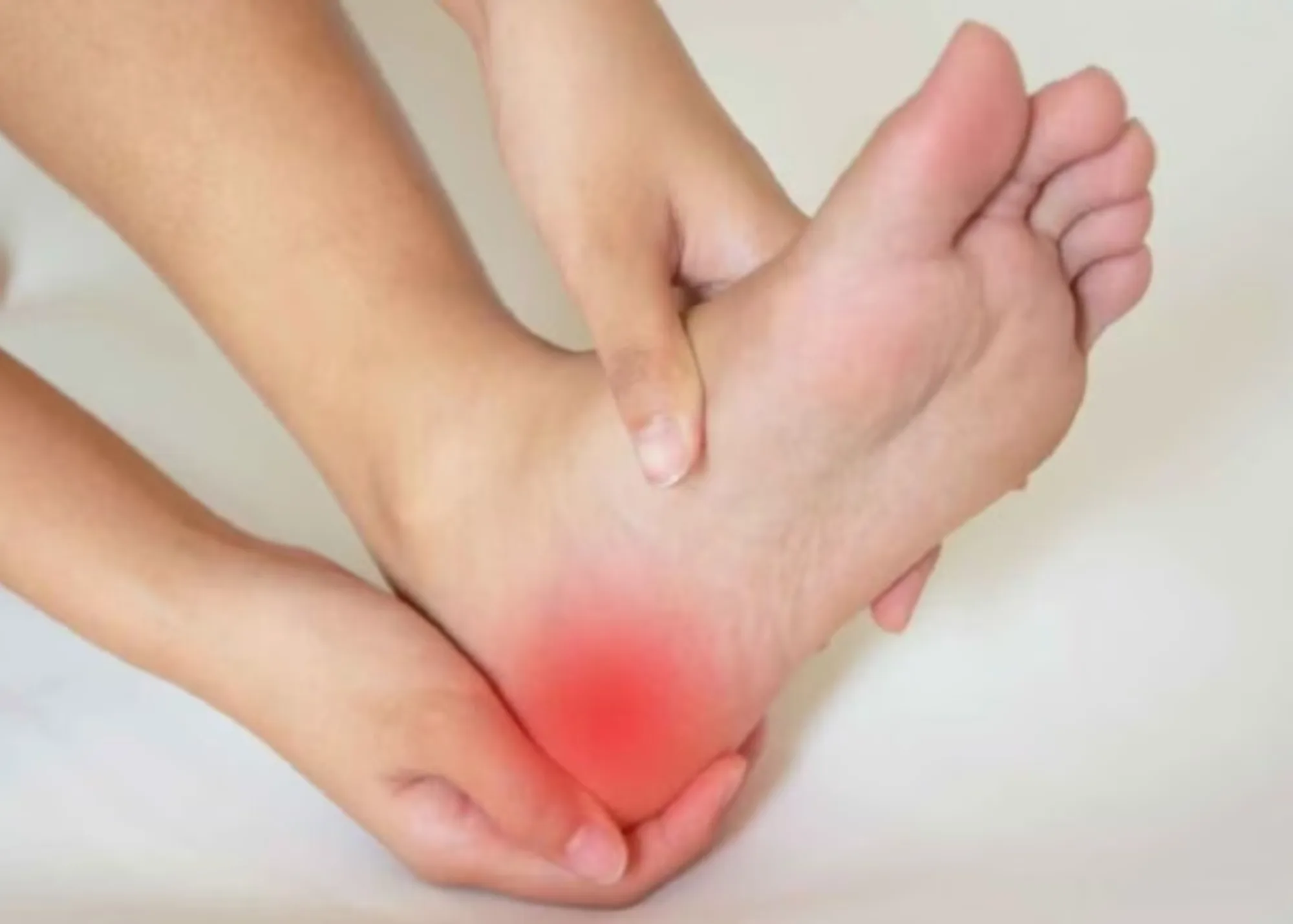Welcome to Our Practice
Choose Our Podiatry Services
No matter what your age is, if you have foot and ankle disorders, you can count on the experienced podiatry care at North Shore Foot & Ankle of Appleton, WI, to help you. With over 15 years of experience Dr. Christensen will discuss your options and provide you with effective treatment plans. We even offer rearfoot and ankle surgery as well many conservative options and minor in-office procedures.
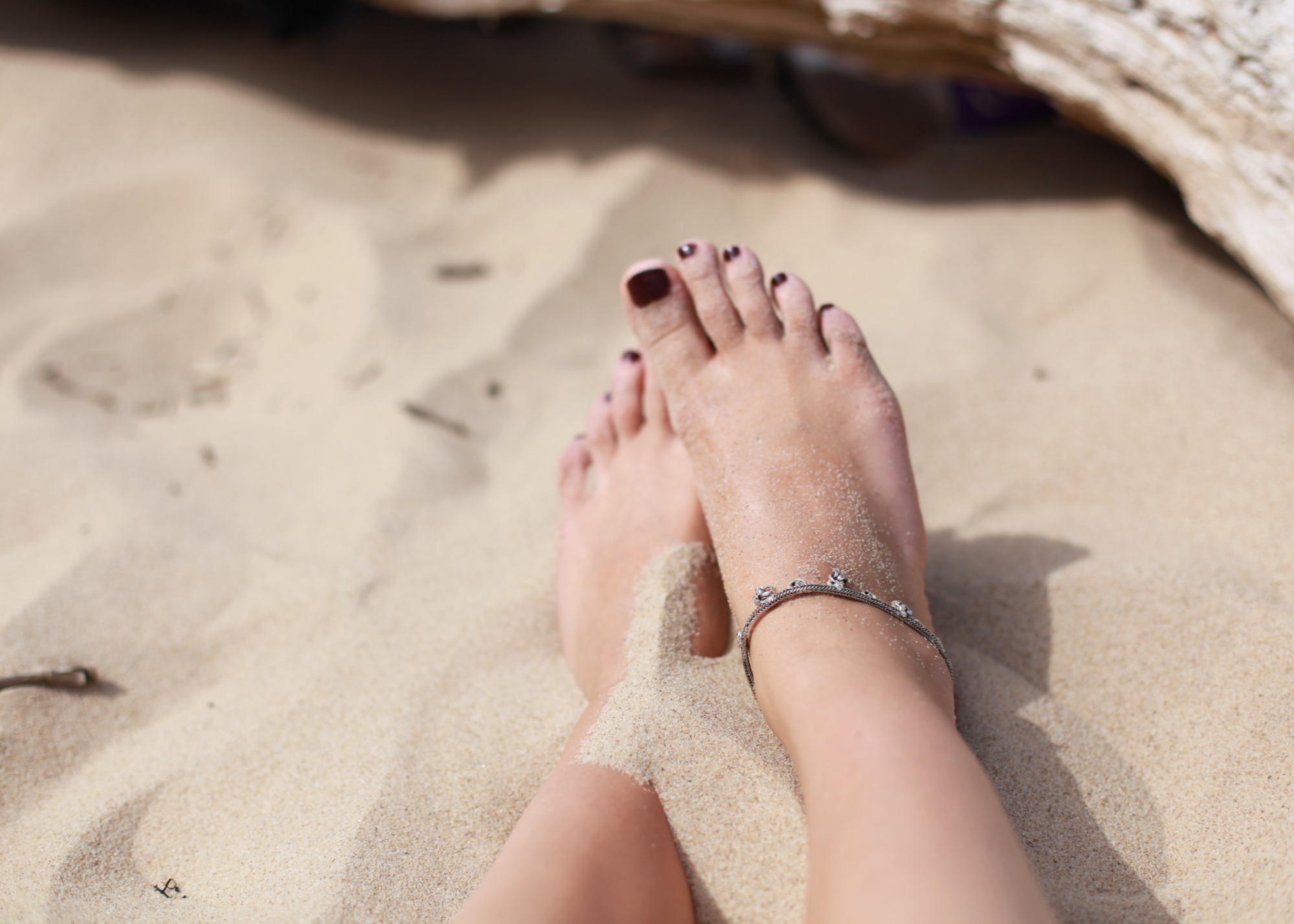
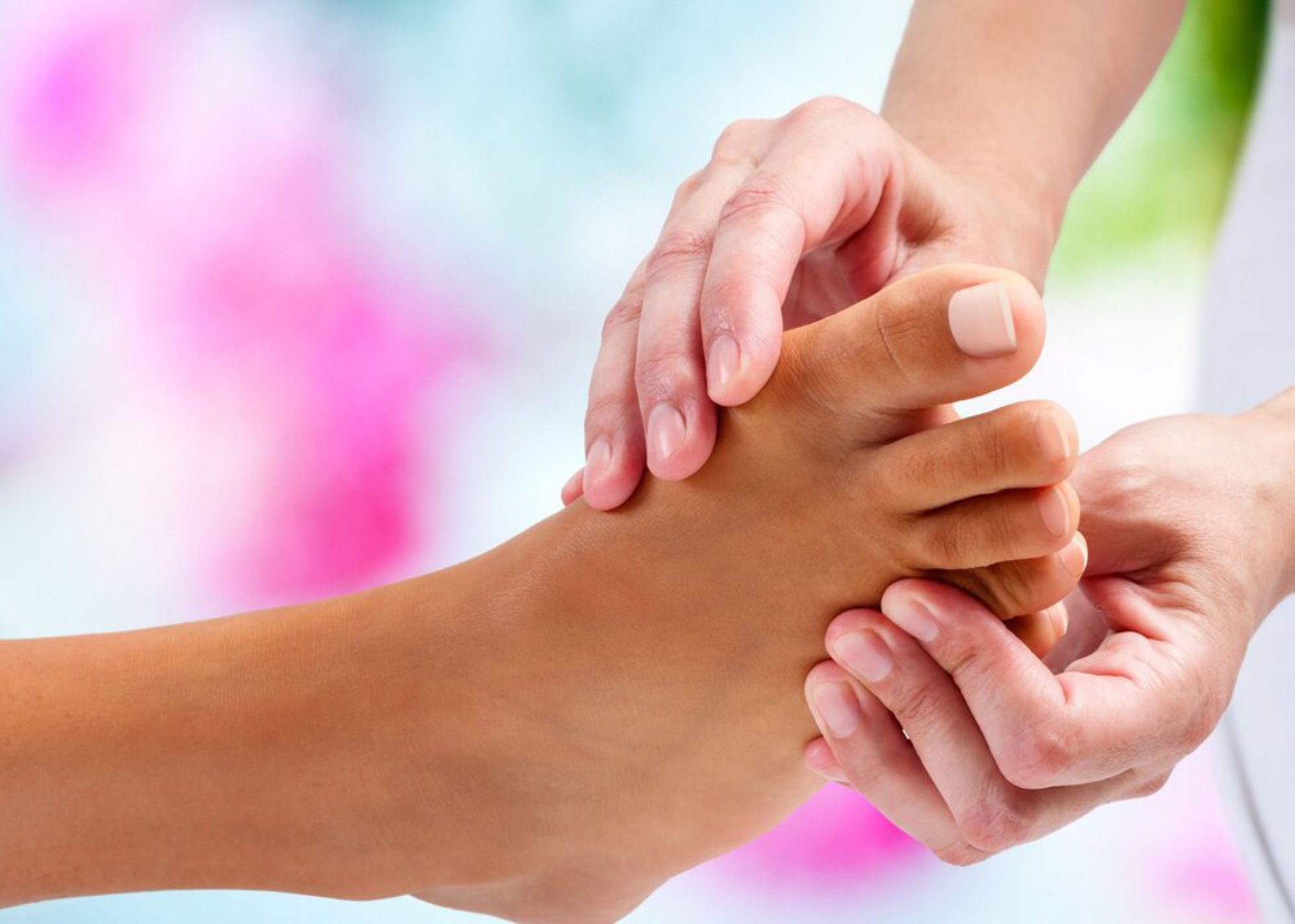
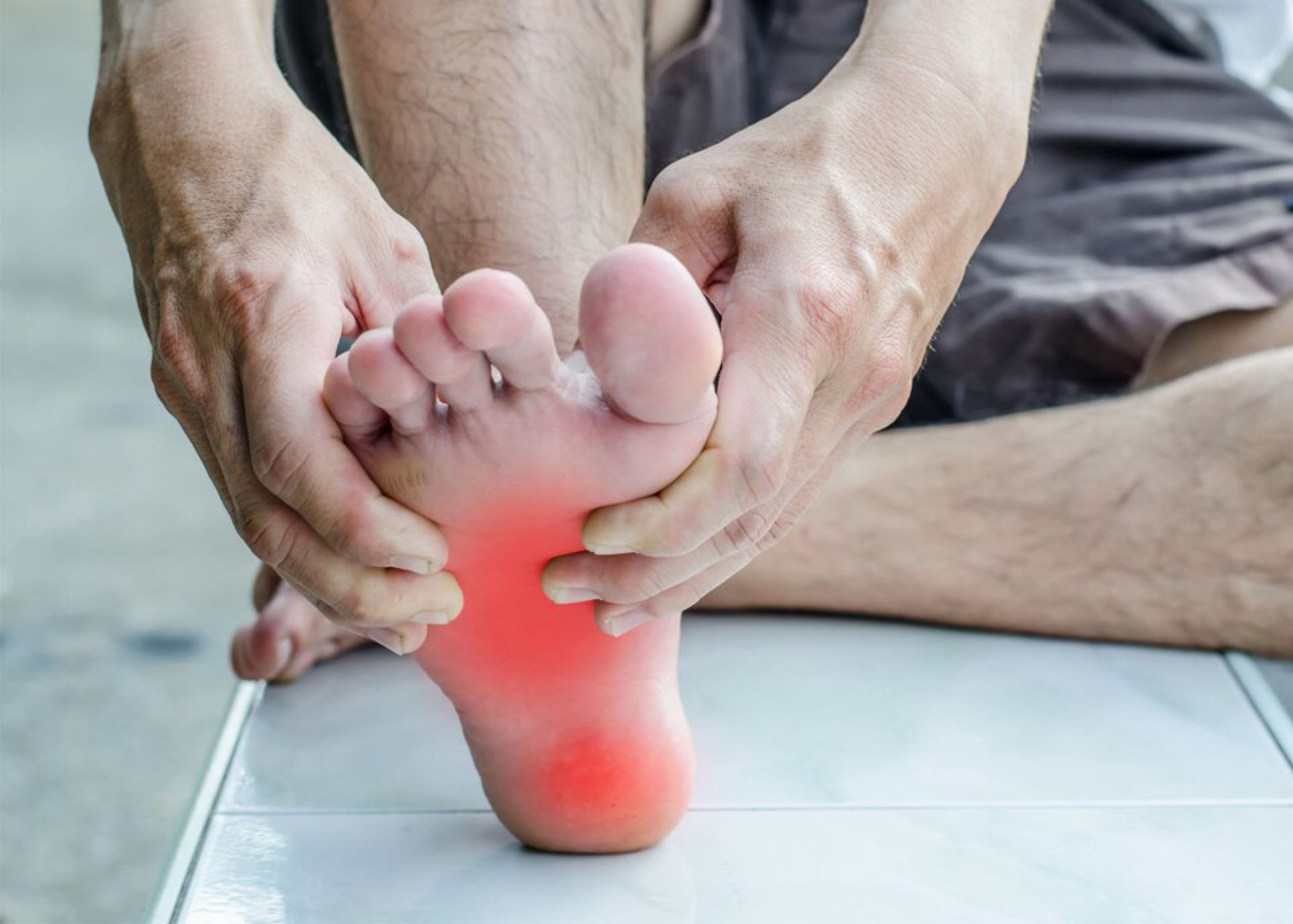
What Our Patients Say
Excellent
Based on 65 reviews
Lynda Magritz
2023-10-09
Dr. Christianson is awesome. He takes the time to listen and fixing the tendon in my foot along with the muscle. He is giving me quality of life back.
Greg Schuh
2023-09-28
Very professional! Very thorough! Foot doctor! He is the best in the valley
Chris Yansky
2023-09-20
Dr Jay and his staff are absolutely awesome! My surgery was a tremendous success due to his skill as a surgeon and his knowledge of the foot and ankle and how they function together. The bottom line is that I was in terrible ankle pain and now I'm not! He also has a great "bedside manner" I HAPPILY RECOMMEND HIS SERVICES!!😀
Jeff Streble
2023-08-17
Dr. Jay and the staff at North Shore Foot and Ankle are very professional, friendly and personable. I had an ankle replacement done by Dr. Jay Christensen in June and 10 weeks later I am more mobile then I have been in over 20 years. Thank you for giving me my mobility back so I can once again enjoy an active lifestyle.
Danielle brantmeier
2023-07-10
Dr Christenson did a phenomenal job repairing my ankle. I thank him and his team.
Christine Wochinski
2023-06-12
After having a bad experience with a different podiatrist, Dr. Christensen put my nerves at ease and fixed my feet.
I recommend Dr. Christensen and his caring staff to anyone with feet issues.
Cheri Kehl
2023-05-16
Extremely friendly, helpful and kind staff. Dr Christensen takes his time with you, listens and explains everything so well. I even brought in my 93 year old mother, who has dementia, for some foot-care and all were so helpful and kind. They are there for you before, during and after any procedure. Wonderful experience! Will not go anywhere else after this.
Bob Bruflat
2023-05-16
Yesterday was my first visit with Dr Jay and your office. I know that has only been one day, but what an amazing difference to wake up this morning and have no pain in my foot!!!! It has been so long living with the pain that I now have to teach myself to walk normal again! Dr Jay is truly amazing, excellent bedside manner, Answered all my questions and his explanations for the cause of my foot problem were spot on and very understandable. If any more issues ever come up, your place is my first call and I will refer him to anyone who complains to me about the feet
Thank you
Bob Bruflat
todd vande hei
2023-05-12
Dr. Christensen is the most personal Doctor that I have ever met. Truly caring and takes time to assess the complete issue. Dr. Jay performed surgery to repair multiple issues that basically prohibited me from walking. Had me on my feet in weeks were other surgeons told me I would be laid up for multiple months. Thanks to his skill and expertise, I am back on my feet.
The entire staff at North Shore Foot and ankle are first class.
Todd V.
Tom Yinglingtp
2023-03-28
Dr. Christensen was wonderful. I went in with a lot of pain while walking and in just 2 1/2 months I walk better then I have in a year. My bone spur cut my achilles tendon and in no time he found it and repaired it. I am so happy that I picked Dr. Christensen to help me walk again
- 2005 S Lake Park Rd Appleton, WI 54915
- (920) 882-9990
- FAX: (920) 882-9544
Hours
M-T: 8:00 AM - 5:00 PM
F: 8:00 AM - 12:00 PM

